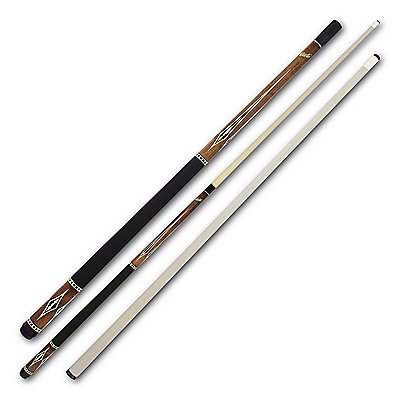Excitement About How to Select a Pool Cue - DrDave Billiard


Predator Ikon4 1 Pool Cue Stick - Official USA Site
The 4-Minute Rule for Players Cues - Home - Facebook

Hints for carom tend toward the shorter range, though hint length is mainly a factor of player height and arm length. Most hints are made of wood, but sometimes the wood is covered or bonded with other products including graphite, carbon fiber or fiberglass. An outdated term for a cue, used from the 16th to early 19th centuries, is billiard stick.
You can help by contributing to it. Male playing billiards with hint and woman with mace, from an illustration in Michael Phelan's 1859 book, The Game of Billiards The leader of the hint was the, a carry out comparable to a light-weight golf club, with a foot that was generally used to shove instead of strike the hint ball.
The term "cue" originates from queue, the French word for "tail", in reference to this practice, a design of shooting that ultimately led to the development of separate, footless cue supports about 1800, used at first as adjuncts to the mace, which stayed in usage up until well into the 19th century.

Joss Cues - The Color of Money Pool Cue - Ozone Billiards
The Main Principles Of McDermott Pool Cues - Handcrafted Pool Cues & Shafts
The intro of the hint, and the new video game possibilities it stimulated, led to the advancement of cushions with more rebound, at first packed with linen or cotton flocking, however ultimately replaced by rubber. This Site of the hint at first was to try to strike the cue-ball as centrally as possible to avoid a.
g. striking the bottom of the cue ball to make it reverse upon contact with an. Franois Mingaud was studying the video game of billiards while being kept in Paris as a political detainee, and try out a leather hint tip. In 1807, he was released and showed his invention.
In pre-tip days, it prevailed for gamers to twist completions of their cue into a plaster wall or ceiling so that a chalk-like deposit would form on completion to minimize the possibility of a miscue, hence offering rise to the modern. The first organized marketing of chalk was by John Carr, a marker in John Bartley's billiard spaces in Bath.
